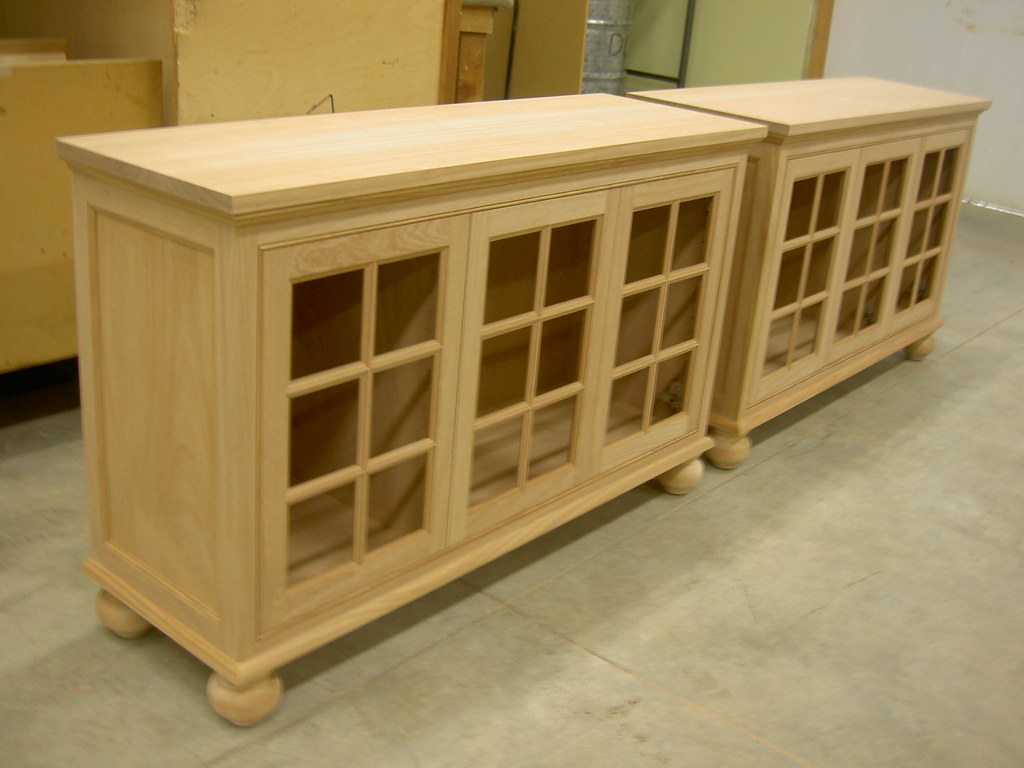To care for your unfinished wood surfaces, start by incorporating a consistent cleaning routine to maintain their natural allure.
But did you know that daily dusting isn’t the only solution for keeping your wood looking pristine?
Explore specialized techniques and natural cleaning methods that can elevate your cleaning game and ensure the longevity of your cherished wood items.
Learn how to clean unfinished wood and maintain it to achieve a gleaming finish with ease.
Daily Cleaning Routine for Unfinished Wood
When maintaining unfinished wood surfaces, it’s essential to establish a daily cleaning routine to prevent dust buildup and maintain the integrity of the wood.
To preserve the wood effectively, start by sweeping or brushing the surface daily with a soft-bristled brush, ensuring to clean from the innermost point outwards.
When dealing with vertical surfaces, always clean from top to bottom to prevent dust resettling.
Utilize microfiber cloths for sustainable cleaning methods, as they effectively remove dust, dirt, and grime without scratching the wood.
Preventing wood damage is crucial in maintaining the beauty of unfinished wood.
By incorporating a daily cleaning routine, you not only preserve the wood but also extend its longevity.
Sustainable cleaning methods such as using microfiber cloths reduce the need for harsh chemicals, promoting a healthier environment.
By adhering to these wood preservation techniques, you ensure that your unfinished wood surfaces remain in optimal condition for years to come.
Specialized Cleaning Techniques for Wood
For effective maintenance of unfinished wood surfaces, employ specialized cleaning techniques to ensure thorough cleaning and preservation of the wood’s natural beauty.
When it comes to deep cleaning unfinished wood, pay attention to hard-to-reach spots that often accumulate dust and grime.
Utilize tools like adhesive rubber to sanitize areas such as window tracks and cabinetry corners effectively. This method allows you to deep clean ridges and crevices, revealing a clean surface underneath.
Additionally, specialized cleaning techniques play a crucial role in wood restoration. These techniques can help revitalize the wood’s appearance and extend its lifespan.
When dealing with unfinished wood, it’s essential to address not only the visible surfaces but also the hidden nooks and crannies that can collect dirt over time.
By incorporating these specialized cleaning techniques into your routine, you can ensure that your unfinished wood remains in top condition for years to come.
Testing and Immediate Stain Removal Tips
To maintain the natural beauty and longevity of your unfinished wood surfaces, expertise in specialized cleaning techniques can be your key to effectively addressing hard-to-reach spots where dust and grime tend to accumulate, such as window tracks and cabinetry corners.
Stain prevention strategies are essential for preserving the pristine look of unfinished wood.
Always test cleaners on inconspicuous areas first to avoid damage, and clean stains immediately to prevent them from setting.
Quick cleaning hacks include wiping or scrubbing towards the grain and ensuring proper ventilation to evaporate moisture.
For immediate stain removal, consider DIY stain removers using gentle solutions like white vinegar diluted in water.
Remember to wipe or scrub gently to avoid damaging the wood.
By acting promptly and utilizing these DIY stain removers, you can prevent tough spots and maintain the natural beauty of your unfinished wood surfaces for years to come.
Soap and Water Cleaning Instructions
For a safe and effective cleaning method for unfinished wood, opt for a solution of gentle castile soap or dishwashing liquid mixed with water. This mixture provides a gentle yet efficient way to clean your unfinished wood surfaces without causing any damage.
When using soap and water for cleaning, remember to wipe the wooden surface with a damp cloth, ensuring it stays dry by continuously removing moisture.
It’s essential to conclude the cleaning process with a dry microfiber cloth for a final touch.
When cleaning unfinished wood with soap and water, you aren’t only effectively removing dirt and grime but also ensuring that the wood maintains its natural look and feel. This method aligns with environmentally friendly cleaners, keeping your cleaning routine eco-conscious.
For wood polishing techniques, consider finishing with a gentle circular motion to enhance the wood’s natural shine without leaving streaks.
Additionally, these cleaning practices also contribute to stain prevention strategies, maintaining the wood’s integrity and appearance for a longer period.
Natural Cleaning Methods and Maintenance Advice
Utilize natural cleaners like white vinegar in a solution with water to effectively clean untreated, porous wood surfaces.
White vinegar is eco-friendly and can help remove dirt and grime without damaging the wood.
When cleaning with this solution, ensure you wipe the affected areas with a microfiber cloth and promptly dry the wood to prevent any potential damage.
For sustainable wood maintenance, consider using DIY wood polish recipes made from natural ingredients like olive oil or beeswax.
These homemade polishes can help nourish the wood and maintain its natural beauty without harsh chemicals.
Additionally, establish a regular cleaning routine using eco-friendly woodcare products to prolong the life of your unfinished wood furniture or surfaces.
By following these natural cleaning methods and maintenance advice, you can keep your untreated wood looking its best while being environmentally conscious.


Leave a Reply